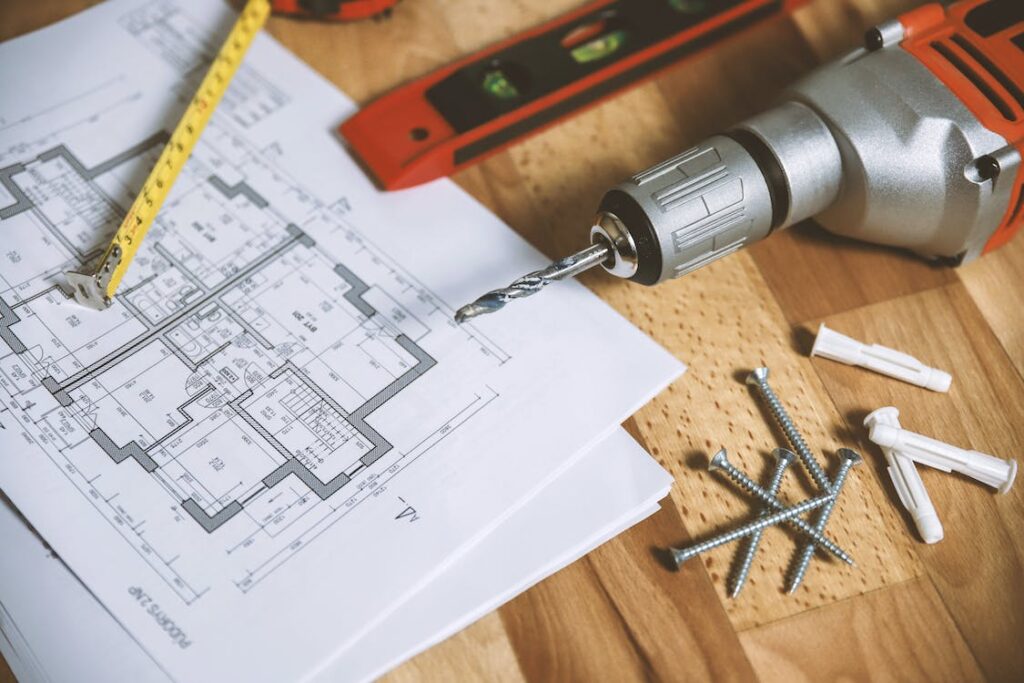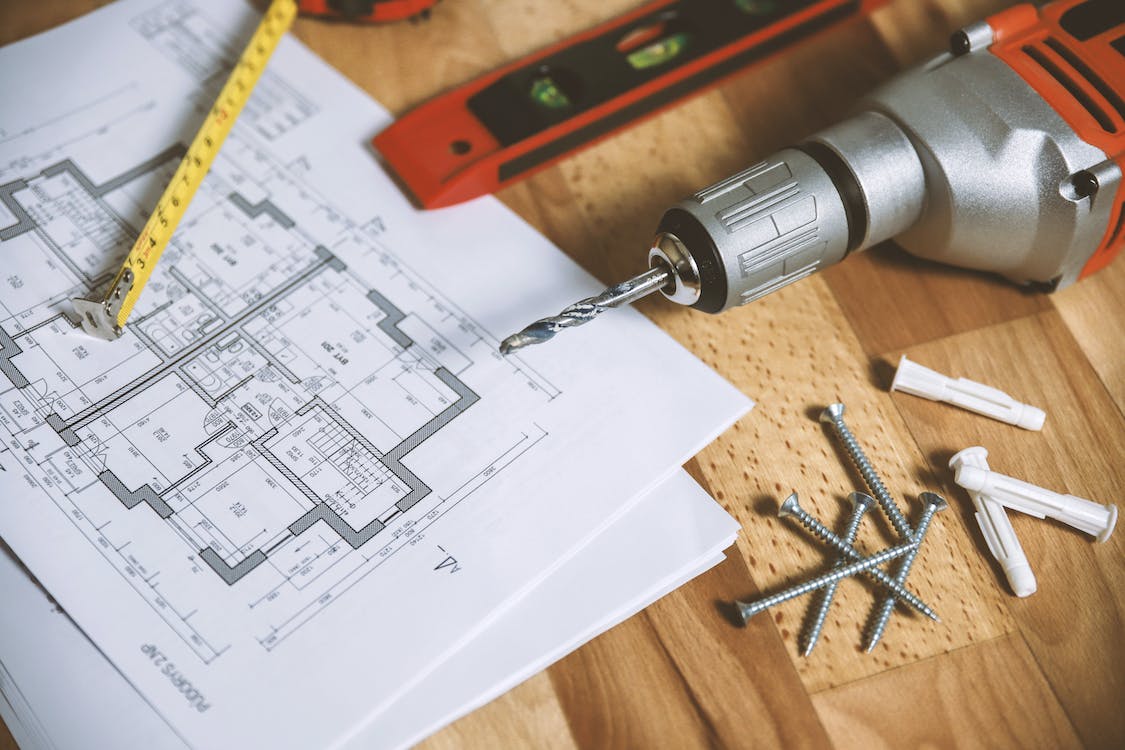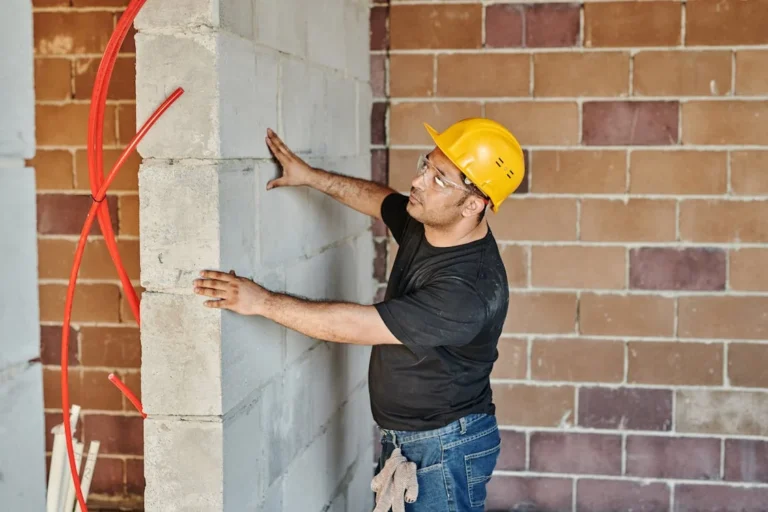The construction industry has always been at the forefront of innovation, with the continuous development of new machinery and tools to improve efficiency, safety, and sustainability. In recent years, there have been remarkable advancements in construction equipment, making the construction process more efficient and environmentally friendly. In this blog, we will explore the latest innovations in construction equipment, from cutting-edge machinery to smart tools and materials. These innovations are not only transforming the construction industry but also addressing some of its most pressing challenges.

Autonomous Construction Vehicles
The development of autonomous construction vehicles represents a monumental leap forward in the construction industry’s quest for greater efficiency, enhanced safety, and improved project management. These cutting-edge machines are the result of a synergy between advanced sensors, high-resolution cameras, and state-of-the-art artificial intelligence technology. They have transcended traditional construction machinery by their ability to perform a wide range of tasks with minimal human intervention.
These autonomous vehicles have assumed various forms, such as bulldozers, excavators, and trucks, each of which offers its unique set of advantages and capabilities. Let’s delve deeper into the profound impact these autonomous construction vehicles are having on the construction landscape and explore some noteworthy examples that highlight their diverse applications.
Benefits of autonomous construction vehicles:
a. Improved safety: Autonomous vehicles can work in hazardous environments without putting human operators at risk.
b. Increased efficiency: They can work 24/7, reducing project timelines.
c. Cost savings: Reduced labour costs and more precise work contribute to overall cost savings.
d. Data collection: These vehicles can collect data that can be used to optimise construction processes.
3D Printing in Construction
Drones have undeniably undergone a remarkable evolution from mere recreational gadgets to becoming indispensable tools in the ever-evolving construction industry. Their versatile utility extends across a spectrum of crucial tasks, making them an integral component of modern construction practices. Notably, drones are increasingly employed for site surveys, enabling construction professionals to obtain a comprehensive, bird’s-eye view of the project area. They contribute significantly to progress tracking, facilitating real-time updates on the construction’s evolution and adherence to timelines. Safety inspections have also been significantly enhanced by the adoption of drone technology, reducing the need for manual, potentially hazardous on-site inspections.
What sets drones apart is their ability to provide not only images but also invaluable real-time data, including thermal imaging, spatial mapping, and high-resolution photographs. This data empowers project managers and stakeholders with the necessary insights to make informed decisions, identify potential issues, and streamline construction processes efficiently. As the adoption of drones continues to rise in the construction sector, their role in revolutionising project management and safety standards becomes increasingly evident. Let’s explore further how these aerial marvels are shaping the construction landscape in the 21st century.
Advantages of 3D printing in construction:
a. Speed: 3D printing can significantly accelerate construction projects.
b. Cost-effectiveness: It reduces material waste and labour costs.
c. Design flexibility: Complex and innovative architectural designs can be easily realised.
d. Sustainability: 3D printing can use recycled materials, reducing the environmental footprint.
Drones and Aerial Imaging
In recent years, drones have undergone a transformative journey, emerging as an indispensable asset within the construction industry’s toolkit. Their significance extends far beyond being mere gadgets; they have evolved into multifaceted tools that have revolutionised various facets of construction practices. Site surveys, once a labour-intensive process, have been streamlined with the introduction of drones. These aerial devices offer a unique perspective, capturing intricate details of construction sites, land contours, and surrounding environments, thus providing a comprehensive view that was once nearly impossible to achieve. This newfound efficiency in site surveys not only saves valuable time but also minimises human resources, enabling teams to allocate their efforts more strategically. Drones have also played a pivotal role in progress tracking, offering real-time updates on construction phases and ensuring that projects stay on schedule. Their ability to conduct regular flyovers and provide detailed imagery allows project managers to make informed decisions promptly and make any necessary adjustments to keep the project moving forward smoothly. Safety inspections have seen a substantial improvement thanks to drones as well. Rather than putting personnel in potentially dangerous situations, drones can access hard-to-reach or hazardous areas, such as rooftops or elevated structures, to inspect and report back without jeopardising human lives. Aerial imaging is the cornerstone of this innovation, offering not only high-resolution photographs but also thermal imaging and spatial mapping, which provide valuable insights that can be used to identify potential issues early on in a project’s life cycle. As drones continue to soar in popularity and accessibility within the construction sector, their role as transformative agents is becoming increasingly evident. They have not only simplified essential tasks but also elevated safety standards and the quality of project management, ultimately reshaping the construction landscape in the 21st century. With this in mind, let’s explore in greater detail how these aerial marvels are changing the game for the construction industry.
Benefits of using drones in construction:
a. Improved project monitoring: Drones offer a bird’s-eye view of construction sites, helping identify discrepancies between the plan and execution.
b. Safety: Drones can be used for safety inspections, reducing the risk of accidents.
c. Cost savings: Efficient site surveys and monitoring can save both time and money.
Smart Tools and Wearables
The modern construction industry has witnessed a remarkable transformation in the way construction workers carry out their tasks, thanks to a plethora of smart tools and innovative wearables that have become essential components of their work arsenal. These advancements extend beyond the traditional tools and personal protective equipment, revolutionising both productivity and safety on the job site. Augmented reality (AR) glasses have emerged as a game-changing tool, allowing workers to visualise construction plans with astonishing precision and clarity directly at the work location. This not only minimises the need for carrying around heavy blueprints but also ensures that every step of the construction process aligns perfectly with the intended design. Furthermore, exoskeletons, another remarkable innovation, have come to the rescue of construction workers facing physically demanding tasks. These wearable exoskeletons provide support and assist in reducing physical strain, ultimately enhancing worker comfort and preventing injuries associated with repetitive or strenuous movements. In addition to AR glasses and exoskeletons, the integration of connected tools represents a significant advancement in the construction sector. These tools are designed to provide real-time data, allowing construction workers to monitor critical metrics such as equipment performance, safety conditions, and material availability. This influx of data empowers workers with valuable insights, enabling them to make informed decisions promptly and optimise their workflow. As these smart tools and wearables continue to proliferate within the industry, it is evident that they are not only streamlining construction processes but also ensuring that workers can carry out their tasks more efficiently and safely. Let’s delve deeper into these innovative technologies to understand their significance in the contemporary construction landscape and how they are revolutionising the construction profession as we know it.

Advantages of smart tools and wearables:
a. Increased worker safety and comfort.
b. Enhanced productivity and efficiency.
c. Real-time data for better decision-making.
d. Improved training and skill development.
Prefabrication and Modular Construction
Prefabrication and modular construction are revolutionising the industry by shifting many construction processes from the job site to controlled factory environments. This approach offers several benefits:
a. Speed: Projects can be completed faster due to concurrent on-site and off-site work.
b. Quality control: The controlled factory environment ensures consistent quality.
c. Sustainability: Reduced waste and energy consumption.
d. Cost-effectiveness: Labour and material costs are often lower.
Green and Sustainable Construction Materials
The construction industry is increasingly focusing on sustainable and environmentally friendly materials. Innovations include the use of recycled and renewable materials, self-healing concrete, and materials that improve energy efficiency.
Advantages of green and sustainable materials:
a. Reduced environmental impact.
b. Lower operating costs for buildings.
c. Healthier indoor environments.
d. Compliance with environmental regulations.
Telematics and IoT Integration
Telematics and the Internet of Things (IoT) are being integrated into construction equipment to provide real-time monitoring and data analysis. Construction companies can track the location, usage, and maintenance needs of their equipment, improving efficiency and reducing downtime.
Benefits of telematics and IoT integration:
a. Preventive maintenance to reduce equipment breakdowns.
b. Efficient fleet management and optimised equipment usage.
c. Enhanced project management through real-time data.
d. Cost savings due to improved resource allocation.
Robotics and Automation
Robotics and automation are being employed in various construction tasks, from bricklaying to concrete pouring. These technologies are helping to address labour shortages, improve precision, and reduce physical strain on workers.
Advantages of robotics and automation in construction:
a. Consistency and precision in construction tasks.
b. Labour shortage mitigation.
c. Enhanced safety for workers.
d. Increased efficiency and speed of construction.
Challenges and Considerations
While these innovations offer numerous benefits to the construction industry, there are challenges to be addressed:
Cost: Many advanced technologies can be costly to implement.
Training: Workers need to be trained to use new equipment and tools effectively.
Security: Cybersecurity is crucial for IoT and telematics systems.
Regulatory hurdles: Building codes and regulations may need to be updated to accommodate new construction methods and materials.
Innovations in construction equipment are reshaping the industry, making it safer, more efficient, and more environmentally friendly. Autonomous vehicles, 3D printing, drones, smart tools, prefabrication, sustainable materials, telematics, and robotics are just a few examples of the exciting developments in the field. As these technologies continue to evolve and become more accessible, construction projects will become faster, more cost-effective, and better for both the environment and workers. Embracing these innovations is key to staying competitive and addressing the challenges of the modern construction industry.
A good construction software makes use of good project management functionality, estimate and financial/accounting tool functionality, job management, scheduling and planning and support functionalities and more. WunderBuild is a construction management software that aims to provide all of these functionalities and more to bring out the best outcomes for a project. Enquire here today, to learn more about Wunderbuild and start your free trial.




